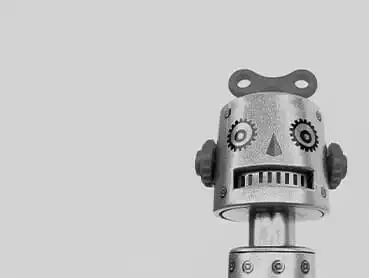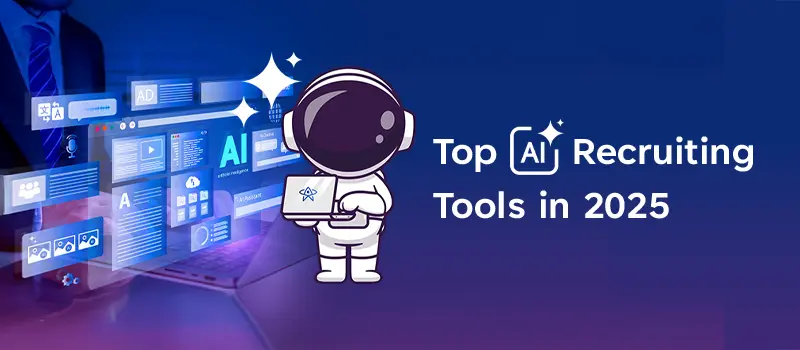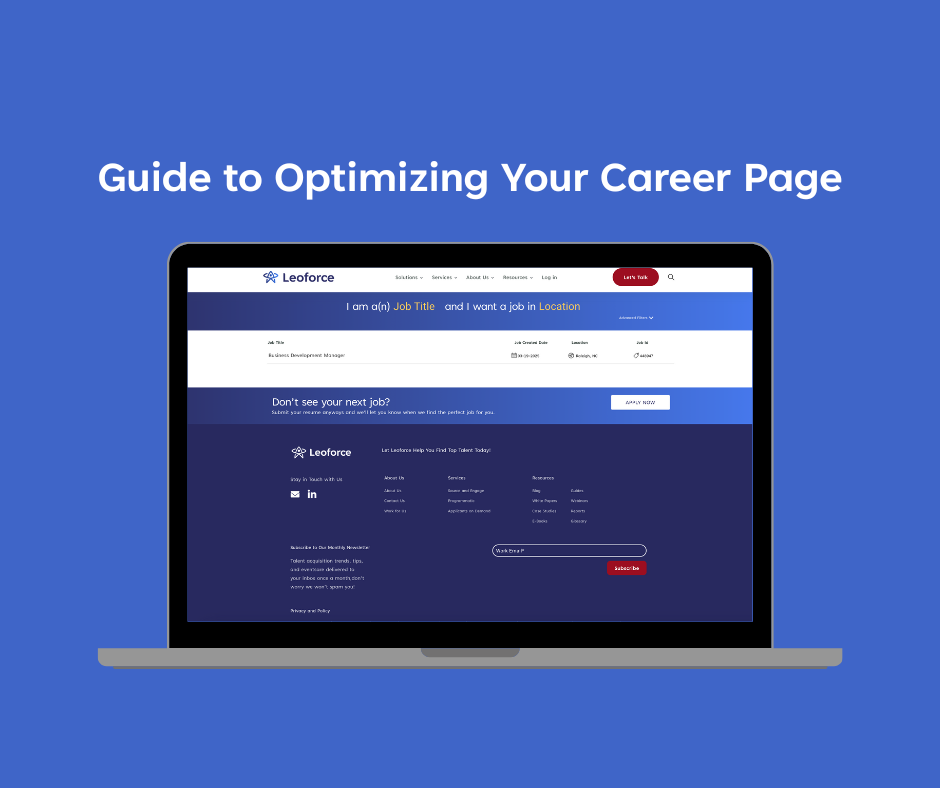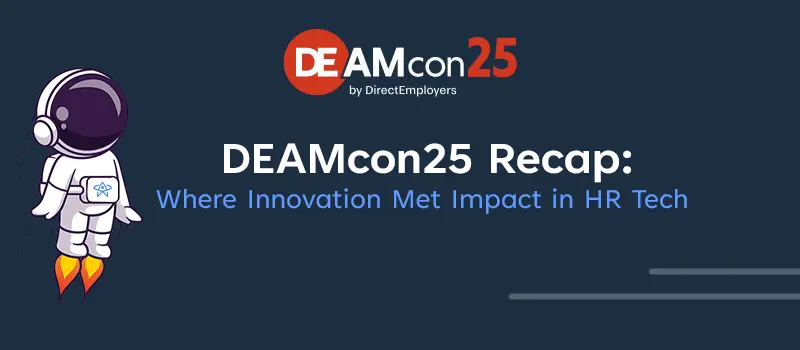Recruiter’s checklist to develop engagement strategies for candidates with ADHD

Today, organizations are under pressure to integrate a diverse workforce, promote out-of-the-box thinking to gain a competitive advantage in the market. The growing buzzword on diversity and inclusion, is picking pace and one such extension on DEI is also to understand the space of ‘neurodivergent’ which often gets ignored.
Organizations that make an extra effort to recruit, retain, and nurture neurodivergent workers can gain a competitive edge from increased diversity in skills, ways of thinking, and approaches to problem-solving.
Let’s start with an example of John Doe. He’s left brained and extremely sharp with numbers. His analytical bent and software development skills is a much sought after combination. His resume features two master’s degree from esteemed universities, while graduating with distinction. An obvious candidate for a tech company hiring, right?
Unfortunately, he struggled with finding a job for over 2 years. While John’s skillset made the criteria for recruitment, there were fewer companies like his current one, which took the plunge of experimenting with alternative approaches to talent finding and recruitment.
John by virtue of his personality is different from the rest of the crowd. He never looks a person in the eye while having a conversation, he has a compulsive habit of adjusting his watch strap and bending over to tighten his shoelaces; he finds it difficult to concentrate when it’s loose. When his shoelaces are tight, though, John is the department’s most productive employee. He is hardworking and never wants to take breaks. Although his assigned workplace “buddy” has finally persuaded him to do so, he doesn’t enjoy it. You’d wonder what’s the rationale behind drawing a parallel between a person’s competency and something as generic as shoelaces.
John has what is simply known as autism spectrum disorder, a developmental disability caused by differences in the brain. People with ASD have problems with social interactions and communications and exhibit restricted or repetitive behavior or interests. He is representative of participants in the programs of pioneering companies that have begun seeking out “neurodiverse” talent.
If you’re new to our blog, here’s a detailed guide on neurodivergent talent emphasizing the need for companies to turn nimble towards neurodivergent candidates, link
When engaging with candidates with ADHD (attention deficit hyperactivity disorder), it’s important to employ communication strategies that take into consideration their unique needs and help enhance their engagement. Here are some strategies you can use:
1. Active listening: One of the most crucial practices. Practicing active listening by giving candidates your full attention during conversations. Avoid interrupting or multitasking, as this can be distracting for individuals with ADHD. Showcasing empathy, repeating key points, and politely clarifying questions to ensure mutual understanding. As a manager or HR professional working with candidates with ADHD, this becomes one of the key skills to possess. You’d ask why? Here are 5 reasons convincing you to listen well.
- It helps to build trusting and strong relationships: The human truth remains that if you’re heard well, you respond better to forging relationships
- Helps to create cohesive and better solutions: When you listen to all stakeholders, its easier to find solutions which require the needed buy-in
- Encourages openness and honesty: A neurodivergent candidate needs to be patiently wheeled into trusting you, and that can start only with encouraging honesty and openness. Taking extra effort to ask them about how they’re shaping, what their challenges and concerns are, involving them by taking their inputs on how to better processes, etc
- Reduce misunderstanding by mishearing or misinterpreting.
- Stress management & addressal: A neurodivergent candidate tends to get overwhelmed when the pattern of their operations is broken. Help them navigate through this journey, with patience and with the help of professionals who are equipped to deal with such cases.
2. Clear and concise communication: ADHD individuals often struggle with maintaining focus, so it’s crucial to keep your communication clear, concise, and to the point. Use simple language, avoid long and complex sentences, and provide information in a structured manner.
3. Visual aids: Visual aids can be extremely helpful for individuals with ADHD. Incorporate diagrams, charts, graphs, and other visual elements to convey information. This helps candidates process information more effectively and can improve their understanding and engagement.
4. Break tasks into smaller steps: ADHD individuals may find it challenging to tackle complex or lengthy tasks. Break down tasks into smaller, manageable steps and clearly communicate each step. This helps candidates stay organized, focused, and motivated throughout the process.
5. Provide written instructions: Along with verbal instructions, provide written instructions or summaries. This allows candidates to refer to the information at their own pace, ensuring they don’t miss any important details. Additionally, written instructions can help individuals with ADHD overcome potential working memory issues.
6. Use positive and supportive language: Maintain a positive and supportive tone when communicating with candidates with ADHD. Encourage their strengths and emphasize their potential contributions. Offer constructive feedback in a supportive manner to help them improve and stay engaged.
7. Use technology tools: Leverage technology tools that can aid in communication and task management. For instance, project management software, productivity apps, and task reminder tools can assist individuals with ADHD in organizing their work and staying on track.
8. Provide regular check-ins and feedback: Regular check-ins and feedback sessions can help individuals with ADHD maintain focus, motivation, and engagement. Use these opportunities to address any challenges, provide guidance, and recognize their progress. Offering support and encouragement is crucial to foster engagement.
9. Flexibility and accommodations: Recognize that individuals with ADHD may have different work preferences and may benefit from certain accommodations. Be flexible with scheduling, consider remote work options if possible, and provide an environment that minimizes distractions.
10. Collaborate on goal setting: Engage candidates in setting their own goals and milestones. This increases their sense of ownership and motivation. Work together to develop strategies and systems that support their success and engagement throughout the hiring process.
An interesting article within Harvard Business Review, stated ‘A growing number of prominent companies have reformed their HR processes in order to access neurodiverse talent; among them are SAP, Hewlett Packard Enterprise (HPE), Microsoft, Willis Towers Watson, Ford, and EY. Many others, including Caterpillar, Dell Technologies, Deloitte, IBM, JPMorgan Chase, and UBS, have start-up or exploratory efforts under way. We have had extensive access to the neurodiversity programs at SAP, HPE, and Specialisterne (the Danish consulting company that originated such programs) and have also interacted with people at Microsoft, Willis Towers Watson, and EY. Although the programs are still in early days—SAP’s, the longest running among major companies, is just four years old—managers say they are already paying off in ways far beyond reputational enhancement. Those ways include productivity gains, quality improvement, boosts in innovative capabilities, and broad increases in employee engagement.’
Remember that everyone with ADHD is unique, so it’s essential to communicate openly and adapt your strategies based on the individual’s specific needs. By implementing these strategies, you can enhance engagement and create a more inclusive and supportive environment for candidates with ADHD.





